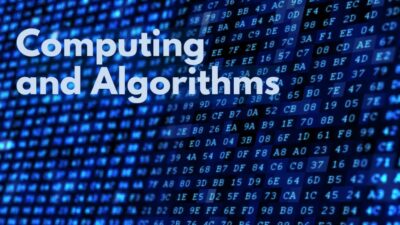This article explains how the National Institute of Standards and Technology (NIST) maintains accurate time standards, which are essential for global timekeeping. NIST-F1, a highly precise cesium fountain clock, serves as the U.S. primary frequency standard, with an uncertainty of less than 1 part in 10^15. NIST uses a real-time time scale called AT1, which combines data from multiple atomic clocks to keep time as stable as possible. UTC(NIST), the U.S. version of Coordinated Universal Time, is based on AT1 but is adjusted periodically to align with the global UTC standard, using data from the International Bureau of Weights and Measures (BIPM).
The article also provides a table showing the adjustments (offsets and frequency changes) made to UTC(NIST) relative to AT1 throughout 2005. These adjustments help ensure that time remains consistent and accurate. Leap seconds, which account for Earth’s slowing rotation, are applied to UTC(NIST) but not to AT1. The formulas and parameters provided allow for calculating the exact difference between UTC(NIST) and AT1 at any given time.
Keywords: Frequency Standard, Time Scale, UTC(NIST)



